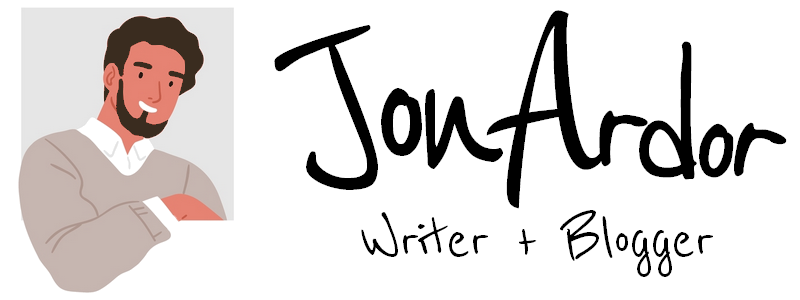Coffee Basics for Beginners: A Guide
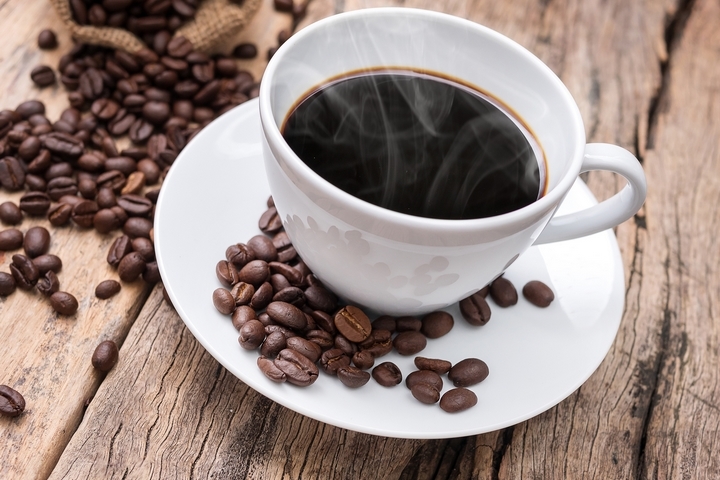
Legend says that an Ethiopian herder named Kali noticed his goats showing lots of energy after eating red berries from a shrub. He told an Abbot at a local monastery, and they made a drink from the berries. They could stay more alert during their long evening prayers, and the discovery eventually spread worldwide.
Today, we enjoy coffee as it is among the most consumed beverages on the planet, but even so, some caffeine newbies are looking to understand its allure.
Are you someone interested in gaining coffee knowledge? Here is a crash course in coffee basics for beginners.
The Beans
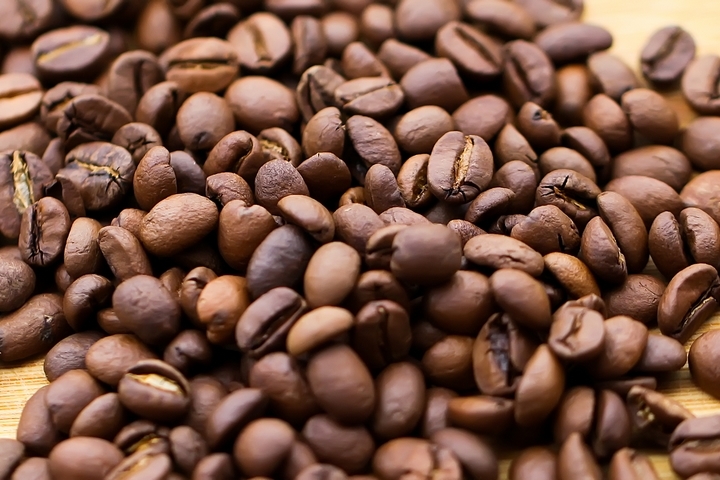
Coffee comes from an evergreen plant that produces cherry-like berries; two seeds are inside. We call them beans, and the fruit they are encased in are picked at different maturity levels and harvesting styles to gain a wide variety of flavours. From there, the seeds are removed and processed as coffee roasters to become the beans we grind and recognize as coffee.
There are four main types of coffee beans that we roast and brew:
Arabica
Arabica beans are the most popular coffee beans, accounting for around 60% of coffee produced worldwide. They grow in high altitudes with lots of shade and plenty of rainfall and are easy to care for, and because the fruit is small, they are delicate.
Robusta
These beans have double the amount of caffeine, with a hint of chocolate flavour and a smooth texture. They are the second most consumed coffee bean and grow well in hot climates over various elevations.
Liberica
A lesser-known bean, Liberica, is very difficult to come by. They are larger beans with irregular shapes and are a flavour combination of smokey, fruity and floral.
Excelsa
The hardest bean to get is Excelsa, a member of the Liberica family. It does, however, have a very distinct flavour and primarily grows in southeast Asia, accounting for around 7% of the coffee distribution in the world.
Coffee plants take four years to flower, producing the cherries from which the seeds are taken.
The Processing
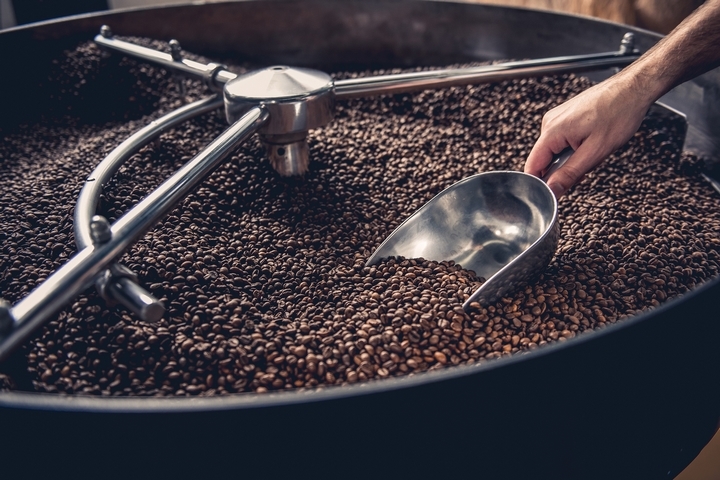
Once the cherries are picked, either by select or strip picking, they are separated using a dry or wet method. The Dry has the fruit baked in the sun, while the wet method has them processed through a pulping machine and then dried in the sun. They are then hulled to remove leftover fruit pulp and cleaned, sorted and graded.
The Roasting
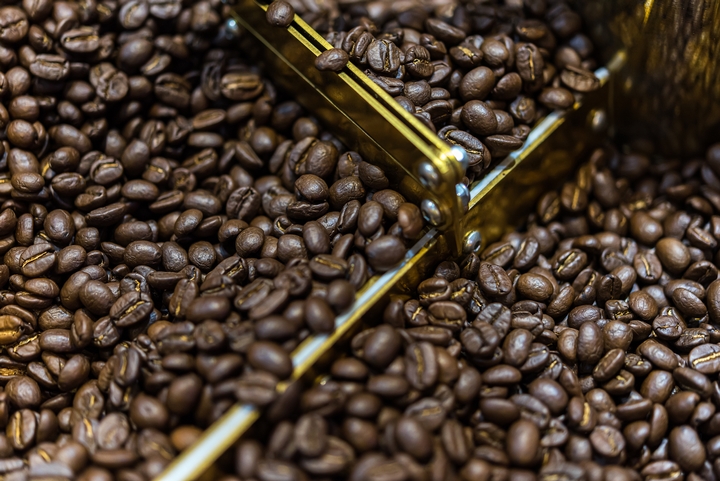
This is where the flavours get created. Roasting has different methods, but the bean’s temperature is raised to release steam and develop flavour.
Different roasting levels offer robust taste and flavour, depending on your preference.
Light Roast
Light roast produces a natural taste as the flavours have not been completely burned off, and this light roast is achieved at the first crack of the bean.
Medium Roast
Medium roast makes a more balanced flavour as the sugars on the bean caramelize between the first and second crack.
Dark Roast
Dark roast gives you the richest flavours when the sugars are completely caramelized and an oily surface and bitterness are produced. It can run from slightly dark to charred.
Professional roasters work hard to develop flavours and aromas that their customers love, and it is a science that they perform with small changes in temperature, airflow, humidity and time. They then do lots of tasting, known as “coffee cupping,” to assess qualities like:
- Acidity
- Bitterness
- Sweetest
- Aftertaste
- Aroma
- Body
When a roaster finds the flavour they are after, they repeat it a few times to get it right and move on to making commercial batches for their clients and customers.
Coffee drank in its purest form is just water and ground beans. This delivers the exact taste that the roaster creates, but many people take their coffee in popular concoctions like:
- Lattes
- Cappuccinos
- Americanos
- Espressos
Beyond these popular coffee drinks, there are many flavour options like caramel, vanilla, hazelnut and mocha, to name a few. Of course, there is milk, sugar,h syrup,s and whipped cream.
The Sizes

While you may think that a small, medium and large should be all that you need to ask for in the coffee world, there is a different language that includes:
- Demi
- Short
- Tall
- Grande
- Venti
- Trenta
These are trendy ways of asking for your coffee size; coffee is more than a drink nowadays; it’s an experience.
These are the coffee basics for beginners, and now you know how a coffee bean takes from plant to cup. Enjoy your caffeinated journey and try different blends from a trusted roaster. You will discover great aromas and wonderful tastes that will keep you returning for more and more.
